| Boot camp | 9-11 July 2020 Online via Zoom |
| Webinar 1: Assumptions, experience design, customer discovery | 16 July 2020, 15:30-16:30 AWST |
| Webinar 2: Competitive advantages and work to be done | 23 July 2020, 15:30-16:30 AWST |
| Webinar 3: Your perfect pitch | 30 July 2020, 15:30-16:30 AWST |
| Pitch Panel | 6 August 2020 17:00-18:30 AWST |
| National Pitch Final (a 2-hour evening event) | 26 August 2020 15:00-16:30 AWST |
| Regional Pitch Final (South-East Asia – hosted by Indonesia) | late August – early September 2020 |
| Global Pitch Final | mid-late September 2020 |

ARTEH helps small and medium-sized enterprises align with the Paris Agreement targets and transition to a low-carbon economy. ARTEH offers SMEs transition climate-related risk assessment (how much a business’ carbon emission pathway differs from the expected path according to the Paris Agreement target for that industry, in a 2°C or 1.5°C scenario), through a science-based IT tool, and insight. Our assessment is complemented by a hands-on service to accompany our customers to implement meaningful corporate social responsibility (CSR) programs, based on environmental and economic community development practices that respect the principle of ‘change from below’.
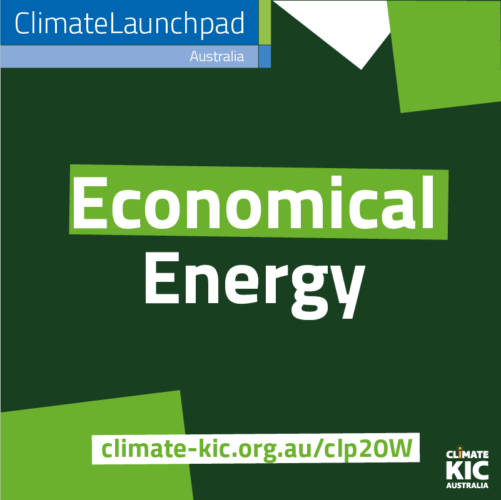
Our energy storage technology improves on pumped hydroelectricity – without any geographical requirements, meaning it can be built close by to renewable supply or demand. It makes use of and builds upon existing, well understood technologies, and based on our calculations, we expect it to be cheaper than pumped hydro. A provisional patent application was filed in November 2019.

This project involves the development of a circular-economy industrial process to create geopolymer cement from Collie fly-ash and integrate it with construction and demolition wastes (CDW) existing in Perth landfill sites (etc.) to produce an environmentally friendly and sustainable concrete product. This product aims to offset the GHG emissions produced by the conventional concrete industry (which globally accounts for ≈7% of the world’s CO2 emissions).
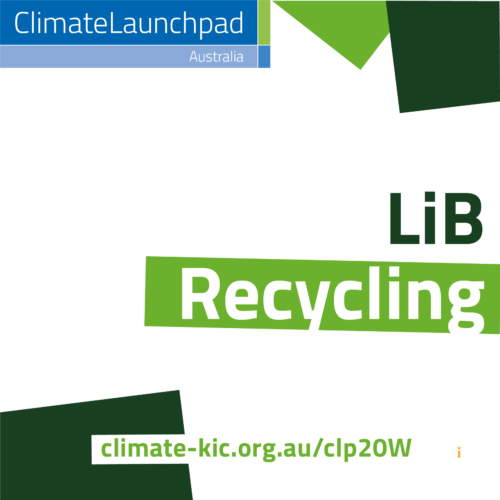
The rising predicted demand of lithium batteries leads to the high demand of several metals, namely lithium, nickel, cobalt, manganese, aluminium, copper. However, the quantity and quality of the related ores are depleting. Thus, recycling lithium battery waste can be one of the solution to fill the gap which also reduces the opening of new mining areas on virgin lands.
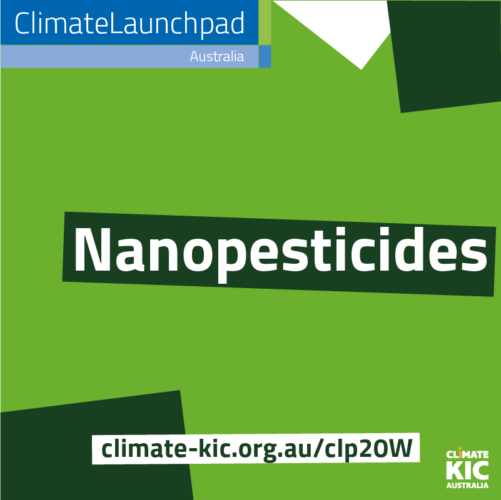
Our solutution is reformuate the way we delivery pesticide by using nanoparticles as a carriers. Nanopesticide are used to carry the pesticides to the pests, weeds, and pathogenic organism in the soil. When the particle comes in contact with the roots of the plant, it releases the pesticide content. After safely delivering the pesticide to the pest, weed, or fungus it is designed to kill, the particle naturally breaks down. Encapsulating pesticides into nanoparticles allows for the delivery of pesticide to the target pest, leaving the surrounding environment unharmed.
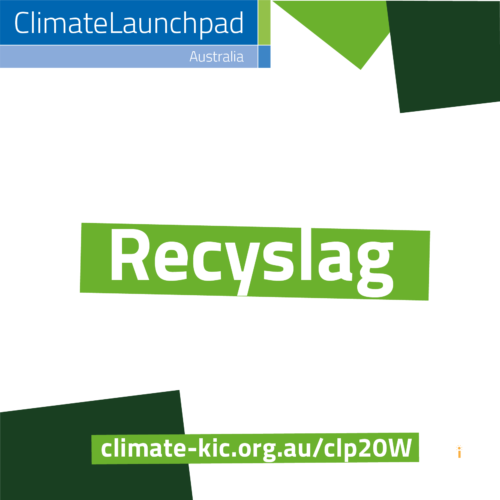
The global demand for cobalt is high and increasing with possible supply deficit due to technology advancements coupled with rapid depletion of ore reserves leading to cobalt being labelled as a ‘critical’ element. Approximately 35 million tons of copper slag waste is produced annually worldwide with high residual content of cobalt and copper metals. The environmental risks associated with copper slag waste have been a rising concern particularly the release of potentially toxic elements to the environment which may lead to human health challenges and loss of biodiversity. Thus, recycling of copper slag waste has dual benefits of increasing supply of as well as reduce the impact on climate for a sustainable cobalt for clean energy storage society.
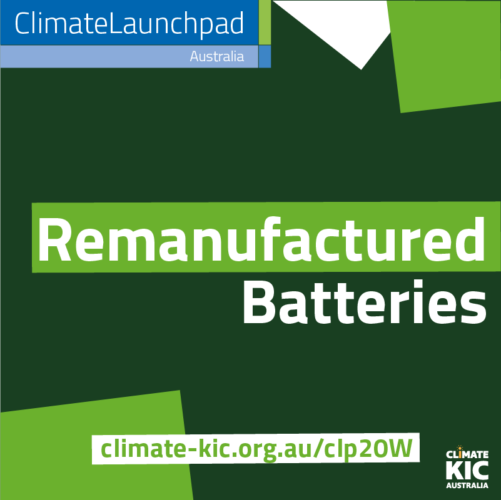
Creating a model for selecting and reusing end of life lithium-ion batteries to create an energy storage battery pack for secondary applications. The model is based on previous work completed with Switch batteries and evolving form projects eg. Myanmar teaching and building of battery systems.

Windpow is Wind Vertical-Axis Turbine system that can convert the wind energy into electricity. To harness wind- generated electricity from endless renewable resource, vertical-axis turbines are used to drive generators with then feed electricity in to the national Grid. Nowadays, wind energy is an increasingly popular way to supplement the energy usage, which can reliably produce cheap energy with minimal impact to the environment.

Jes is responsible for Climate-KIC Australia’s communications and outreach. With a background working in international organisations, Jessica finds the stories within complicated processes or technical concepts, to connect with audiences and celebrate the successes of climate change changers.

Startup trainer with background in a broad range of industries and environments. Current focus: startup acceleration in carbon removal and raw materials (metals & minerals) industries through entrepreneurship education, coaching and financing. Focus on execution. Experience in directing projects and programs (US 100 million +).